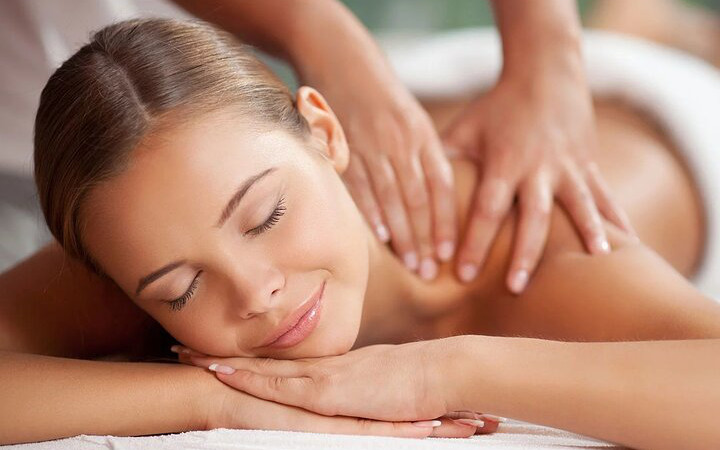
The Power of Unplugging: How Spa Day Helps You Recharge Mind & Body in a Hyper-Connected World
Modern clinics log a steady rise in neck pain, restless sleep, and low-grade anxiety, all tracking back to round-the-clock notifications. Each glance at a phone drags the head forward, loading the lower cervical spine with about ten extra kilos. Stabilizing muscles fatigue, breathing moves high into the chest, and cortisol keeps circulating long after work ends. Mechanical strain couples with hormonal overload, leaving tissue inflamed and attention frayed.
The Spa Environment: A Physiological Reset
A quick break on the sofa rarely calms the system; the phone still whispers from the table. A spa removes that lure by design. Low lighting eases retinal strain, warm stone floors slow every step, and eucalyptus mist deepens each breath. Within minutes heart rate drops, vessels widen, and vagal tone climbs—clear signs the body has shifted from alarm to repair. It is little surprise many visitors open a map, type massage near me, and head straight to the nearest sanctuary.
Targeted Therapies for Modern Aches
Manual Therapy
Slow rhythmic strokes warm soft tissue, release trigger points around C7, and reboot joint-position sense. One session can add ten degrees of rotation and shave a dozen points off systolic pressure. Travelers regularly book massagefor that reason. A licensed massage therapist Miami also lengthens tight pectorals and cues diaphragmatic breathing—tasks no stretching app handles well.
Hydrotherapy
Buoyancy unloads compressed discs, while alternating hot-and-cool jets act like interval training for blood vessels. Improved circulation clears metabolic waste and lets joints glide through painless arcs. Guests who search massage services near me should pick venues that pair whirlpools with cold-plunge pools; the contrast leaves limbs lighter and skin tingling.
Aroma & Sound
Lavender or chamomile diffused during treatment softens startle reflexes. Paired with low-frequency soundscapes, these scents encourage slower brain waves linked to memory consolidation and balanced mood. Not everyone plans ahead; many wake stiff at dawn, thumb massage near me today into a handset, and discover that layering aroma, touch, and sound outperforms a hurried chair massage.
Together these measures undo the patterns left by screen time: forward posture, shallow breaths, and fractured attention.
Carrying the Calm Back Home
Relief fades if the handset lights up five steps outside the lobby. A simple exit ritual—three chin-tucks, a minute of box breathing, a glass of water—locks in parasympathetic dominance. At home, keep the bedroom device-free; melatonin rewards the change with deeper sleep. Swap post-dinner scrolling for a ten-minute walk to mobilize the thoracic spine. Weekend “digital sabbaths” train the brain to expect genuine quiet. Many clients reinforce these habits with periodic tune-ups through massage therapy around me, keeping tension from piling up between sessions.
Why This Matters for Lifelong Movement
From a physiotherapist’s viewpoint, the spa is maintenance, not luxury. It interrupts the loop that turns digital tension into chronic pain. Muscles regain length, joints glide, and the autonomic system remembers idle. People who unplug regularly show steadier balance scores, quicker reaction times, and lower resting pressure—figures that translate into fewer injuries and clearer thought. A few hours offline may sound modest, yet the return—calmer mood, freer motion, steadier sleep—builds the foundation that exercise plans and ergonomic tweaks rely on. In an always-connected era, stepping away remains the simplest way to keep the body moving and the mind clear.
